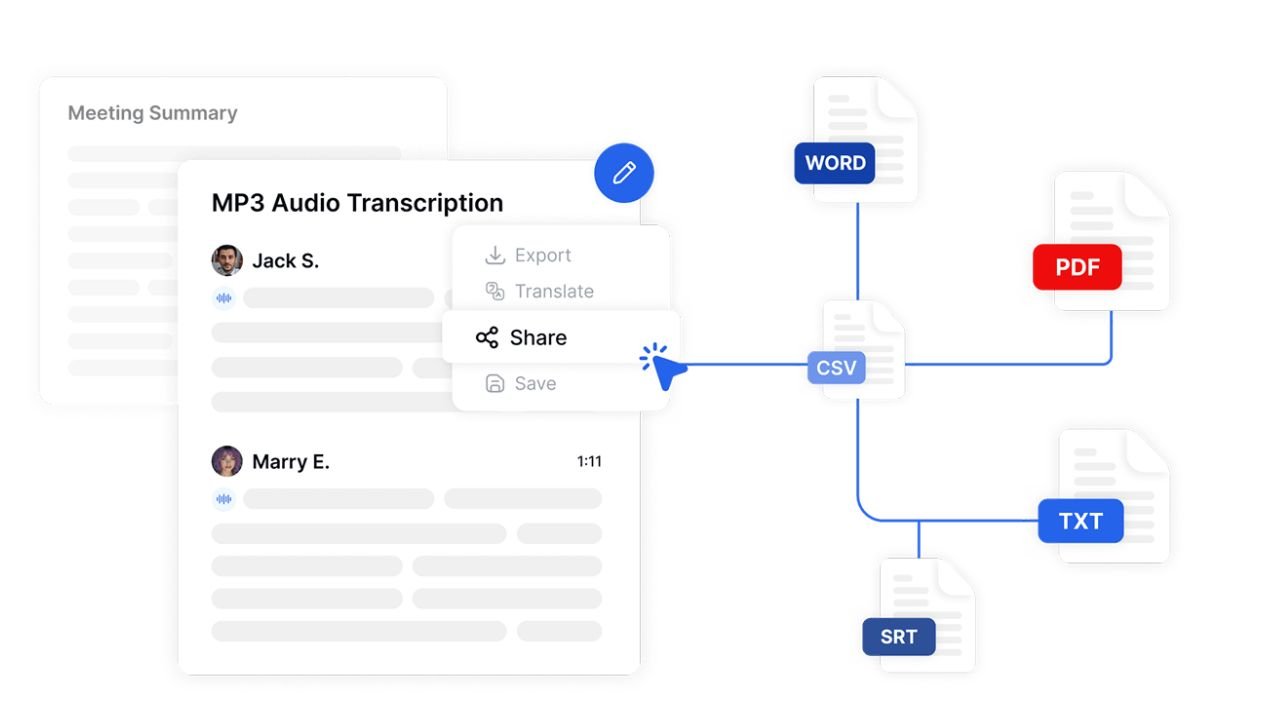Are you concerned about the scarring and lengthy recovery times associated with traditional urological surgery? Minimally invasive urology has transformed how urological conditions are treated, replacing large incisions with small ports, cameras, and instruments. These procedures reduce hospital stays, minimize scarring, and allow patients to return to normal activities faster than traditional open surgery.
If you’re researching advanced care options, visiting a trusted Singapore urologist ensures access to the latest minimally invasive technologies and expert surgical techniques tailored to your condition.
Singapore’s medical facilities offer comprehensive minimally invasive options for kidney stones, prostate conditions, bladder issues, and urological cancers, utilizing techniques that range from laser therapy to robotic-assisted surgery.
The shift from open surgery to minimally invasive approaches has particularly benefited patients with conditions requiring frequent intervention. Current ureteroscopy uses natural body passages with no external cuts. Similarly, prostate procedures that previously demanded extensive abdominal surgery now utilize robotic platforms offering 3D visualization and enhanced precision through small ports.
Laser Treatment for Kidney Stones
Holmium laser lithotripsy fragments kidney stones into dust-like particles small enough to pass naturally through urine. The laser fiber, measuring just 200–365 microns in diameter, travels through a flexible ureteroscope inserted via the urethra, reaching stones anywhere in the kidney or ureter. The holmium wavelength of 2,120 nanometers fragments all stone compositions—calcium oxalate, uric acid, struvite, and cystine stones respond to laser energy.
During the procedure, the urologist uses real-time imaging to guide the laser fiber directly to the stone surface. Pulse energy settings range from 0.2 to 4.0 joules depending on stone hardness, with frequency adjustments between 5–80 Hz controlling fragmentation speed. The “dusting” technique uses low energy (0.2–0.5J) with high frequency (15–80Hz) to create particles under 1mm that pass spontaneously. The “fragmentation” approach employs higher energy (1.0–2.0J) with lower frequency (5–15Hz) for larger fragments requiring basket extraction.
Recovery involves minimal disruption to daily life. Patients typically leave the hospital within 24 hours, with many procedures performed as day surgery. A temporary ureteral stent, measuring 24–28cm long and 4.7–7 French in diameter, may remain for 5–7 days to ensure proper drainage while ureter swelling resolves. Patients may achieve stone clearance, with normal activities resuming within 3–5 days.
Robotic-Assisted Prostate Surgery
The robotic surgical system provides surgeons with 10x magnification, 3D high-definition visualization, and instruments with seven degrees of freedom. Four robotic arms work through 8mm ports placed strategically across the lower abdomen. The surgeon controls these arms from a console, translating hand movements into precise micro-movements while filtering out any tremor.
For prostate cancer, robotic radical prostatectomy removes the entire prostate gland while preserving surrounding nerves responsible for continence and sexual function when oncologically safe. The magnified view reveals tissue planes, allowing nerve bundles measuring 2–3mm to be carefully separated from the prostate capsule. Blood loss may be reduced compared to open surgery.
Benign prostatic hyperplasia (BPH) treatment through robotic simple prostatectomy targets enlarged prostates where other minimally invasive options become less effective. The procedure enucleates the adenoma while preserving the peripheral zone and prostatic capsule. Patients may experience improvement in urinary flow rates.
Post-surgical catheter time averages 7 days for radical prostatectomy and 2–3 days for simple prostatectomy. Continence returns progressively, with continence in many patients and continued improvement over 3–12 months. Hospital discharge typically occurs 1–2 days post-surgery, with recovery in 4–6 weeks compared to 8–12 weeks for open surgery.
Transurethral Resection Procedures
Transurethral resection of bladder tumor (TURBT) diagnoses and treats bladder cancer through the natural urinary passage. The resectoscope, measuring 24–26 French in diameter, houses a camera, irrigation system, and electrocautery loop. The surgeon systematically removes visible tumors along with a margin of normal-appearing tissue, sampling the tumor base and edges to determine invasion depth.
For non-muscle invasive bladder cancer, TURBT serves as primary treatment, achieving complete visible tumor removal. The resection depth extends through the lamina propria into superficial muscle to ensure accurate staging. Specimens are mapped and sent for histopathological analysis determining tumor grade (low or high) and stage (Ta, T1, or Tis). Blue light cystoscopy using hexaminolevulinate increases tumor detection by making cancer cells fluoresce pink, improving identification of flat lesions like carcinoma in situ.
Transurethral resection of the prostate (TURP) treats BPH by removing obstructing prostate tissue from within the urethra. The monopolar or bipolar resectoscope shaves tissue chips measuring 5–10mm until reaching the surgical capsule. Bipolar TURP uses saline irrigation, eliminating TUR syndrome risk associated with glycine absorption. Tissue removal typically ranges from 20–50 grams, with improvement in urinary flow.
Both procedures require 1–2 days hospitalization. TURBT patients undergo surveillance cystoscopy at 3 months, then according to risk stratification. TURP patients experience temporary blood-tinged urine for 2–3 weeks, with full healing by 6–8 weeks. Retrograde ejaculation occurs in many TURP patients due to bladder neck widening.
Percutaneous Nephrolithotomy (PCNL)
PCNL accesses kidney stones larger than 2cm through a 1cm tract created directly into the kidney through the back. Under fluoroscopic and ultrasound guidance, a needle punctures through the skin into the target calyx, followed by tract dilation to 24–30 French diameter. The nephroscope provides direct stone visualization while ultrasonic, pneumatic, or laser lithotripters fragment stones for removal.
Mini-PCNL techniques use smaller tracts (14–20 French), reducing bleeding and recovery time while maintaining stone clearance effectiveness. The procedure positioning—prone or supine—affects access angles and stone approachability. Upper pole access provides straight-line trajectory to staghorn stones but carries higher risk of pleural injury. Lower pole access offers safer entry but may require flexible instruments for complete clearance.
Stone-free rates are high for stones 2–4cm, and lower for complete staghorn stones requiring staged procedures. Tubeless PCNL, where no nephrostomy tube is left post-procedure, suits selected patients with single-tract access, minimal bleeding, and complete stone clearance. These patients experience less pain and earlier discharge within 24 hours.
Complications remain rare but include bleeding requiring transfusion in some cases, with arteriovenous fistula or pseudoaneurysm occasionally needing selective embolization. Fever occurs in some patients despite prophylactic antibiotics, typically resolving with continued antibiotic therapy.
Laparoscopic Kidney Surgery
Laparoscopic nephrectomy removes diseased kidneys through 3–4 ports measuring 5–12mm each. The transperitoneal approach places ports along the lateral abdomen, while retroperitoneal access enters behind the peritoneum directly into the retroperitoneal space. Carbon dioxide insufflation creates working space at 12–15mmHg pressure.
For kidney cancer, laparoscopic radical nephrectomy removes the kidney, surrounding fat, and regional lymph nodes within Gerota’s fascia. The renal artery and vein are individually clipped and divided using titanium clips or vascular staplers. The specimen exits through a 6–8cm incision, often extending one port site, maintaining oncologic principles by using an extraction bag.
Laparoscopic partial nephrectomy preserves functioning kidney tissue while removing tumors under 7cm. After hilar clamping, the tumor is excised with a 5mm margin. The collecting system and blood vessels are repaired with absorbable sutures, and hemostatic agents seal the resection bed. Warm ischemia time stays under 30 minutes to preserve remaining kidney function.
Donor nephrectomy for kidney transplantation uses hand-assisted laparoscopy, combining laparoscopic visualization with tactile feedback through a 7cm hand-port. The technique preserves vessel length for transplant anastomosis while ensuring donor safety. Donors typically leave hospital within 2–3 days, returning to work in 4–6 weeks.
Greenlight Laser Prostate Surgery
Greenlight photoselective vaporization of the prostate (PVP) uses a 532-nanometer wavelength laser selectively absorbed by hemoglobin, vaporizing prostate tissue while sealing blood vessels. The laser fiber delivers 80–180 watts of power through a cystoscope, creating a channel through obstructing tissue. Unlike TURP, no tissue chips require evacuation as vaporization converts tissue directly to gas.
The procedure may be suitable for patients on anticoagulation therapy who cannot safely stop blood thinners. The hemostasis allows continuation of aspirin, clopidogrel, or warfarin with reduced bleeding risk. Treatment proceeds systematically from bladder neck to verumontanum, vaporizing transition zone tissue while preserving the surgical capsule and external sphincter.
Tissue removal rates approximate 1–2 grams per minute depending on laser power and technique. Current 180-watt systems vaporize faster than earlier generations, treating prostates up to 150 grams. The tissue removal creates improvement in urinary flow without waiting for tissue sloughing as with other laser techniques.
Catheter removal occurs within 24 hours for most patients, with symptom relief. Symptom improvements are comparable to TURP outcomes. Sexual function preservation rates differ from TURP, with different rates of retrograde ejaculation due to bladder neck preservation techniques.
Commonly Asked Questions
How do I know if I’m a candidate for minimally invasive surgery?
Suitability depends on condition specifics, anatomy, and overall health. Kidney stones under 2cm suit ureteroscopy, while larger stones need PCNL. Prostate size guides BPH treatment selection—lasers work well up to certain sizes, while larger glands may need robotic assistance. Previous abdominal surgery may create adhesions affecting laparoscopic feasibility. Your urologist evaluates imaging, physical examination, and medical history to recommend appropriate techniques.
What’s the difference between robotic and laparoscopic surgery?
Robotic surgery provides enhanced dexterity with instruments mimicking wrist movements, 3D visualization, and tremor filtration. Laparoscopy uses straight instruments with 2D monitors, requiring significant hand-eye coordination. Both achieve similar clinical outcomes, but robotic platforms may offer advantages in reconstructive procedures like partial nephrectomy or prostatectomy where suturing precision matters. Cost differences exist, with robotic procedures typically higher due to equipment and consumables.
Will minimally invasive procedures affect my fertility or sexual function?
Impact varies by procedure type and location. TURP and laser prostate surgery commonly cause retrograde ejaculation where semen enters the bladder rather than exiting normally, affecting fertility but not sensation. Robotic prostatectomy may impact erectile function temporarily or permanently depending on nerve preservation. Kidney and stone procedures rarely affect sexual function. Discuss fertility preservation options with your healthcare provider before surgery if family planning remains important.
How long before I can resume exercise and normal activities?
Endoscopic procedures like ureteroscopy or cystoscopy allow light activities within 2–3 days and full exercise by 1–2 weeks. Laparoscopic or robotic surgery requires graduated return—walking immediately, light activities at 1 week, and full exercise including lifting at 4–6 weeks. Swimming waits until incisions fully heal. Listen to your body and increase activity gradually rather than rushing recovery.
Conclusion
Minimally invasive urology offers specific advantages over traditional surgery: faster recovery, reduced scarring, and precise treatment targeting. These techniques work best when matched to your specific condition—kidney stones require different approaches than prostate enlargement. The key is early evaluation to prevent complications and ensure the most appropriate minimally invasive option remains available.
If you’re experiencing weak urinary stream, frequent urination, blood in urine, or kidney stone symptoms, consult an MOH-accredited urologist for comprehensive evaluation and minimally invasive treatment options.



